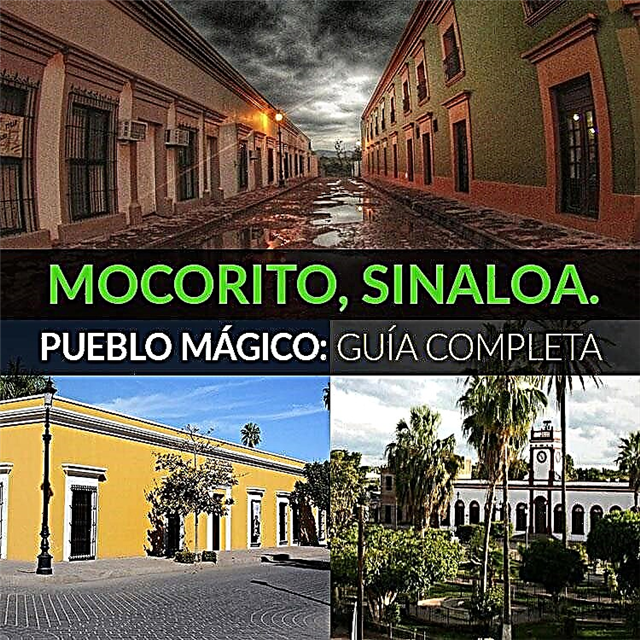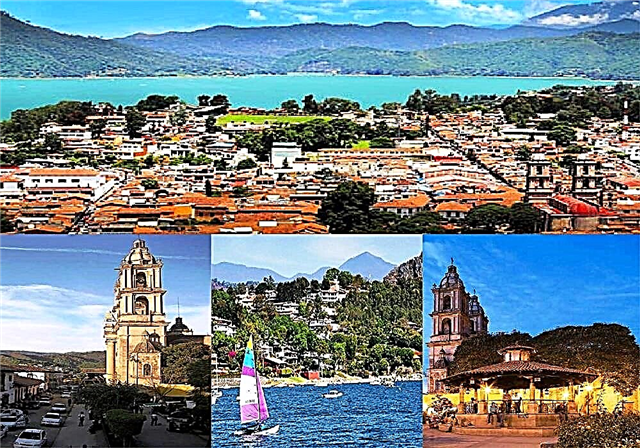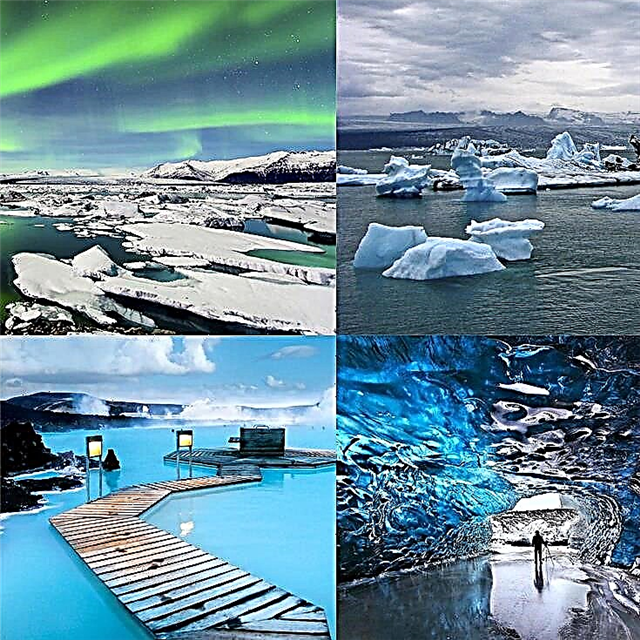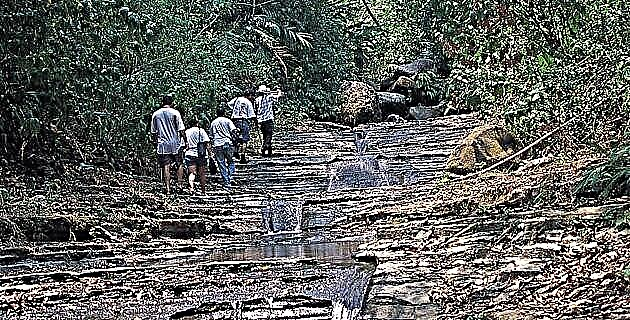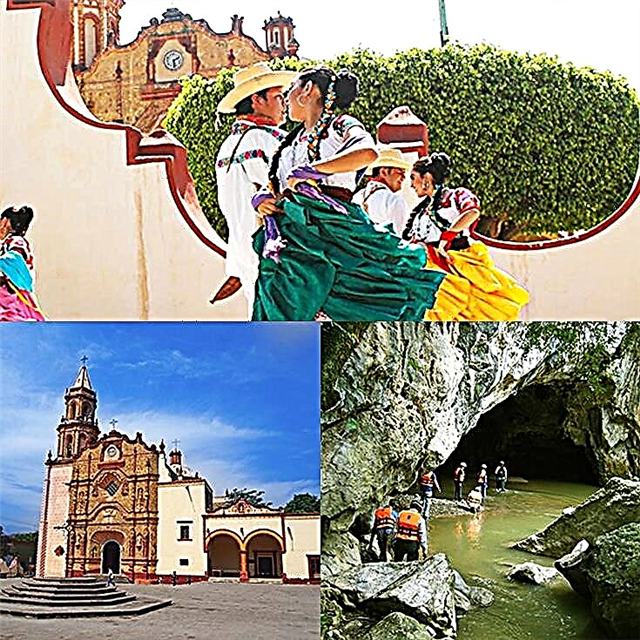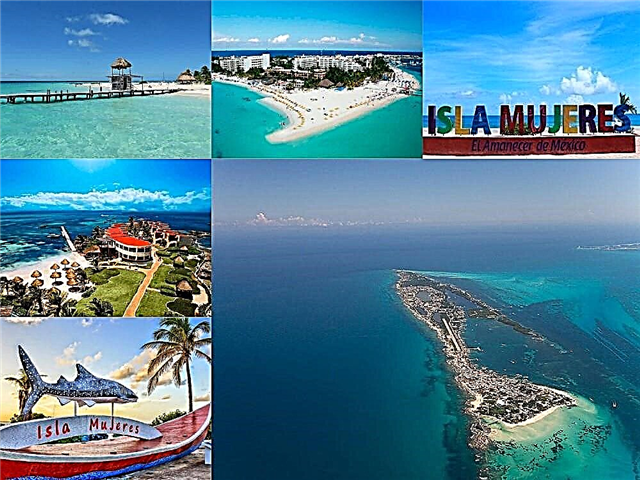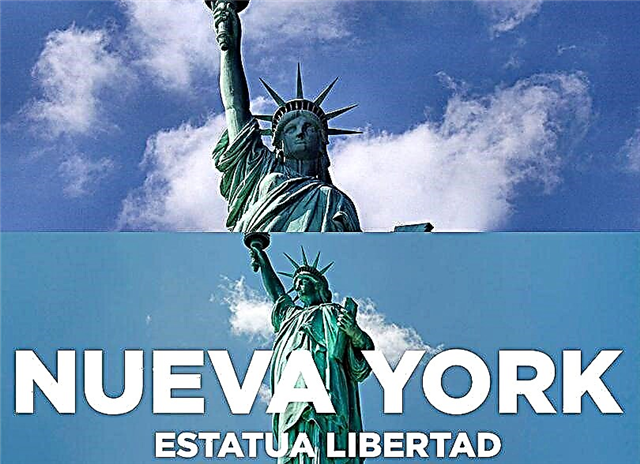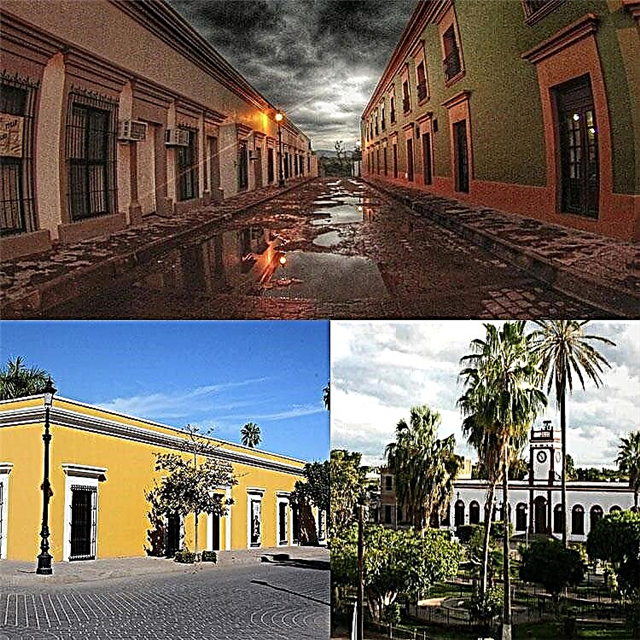Mocorito, the Athens of Sinaloa, has architectural beauty, sites of historical and cultural interest, and beautiful traditions. We invite you to know the Magic Town sinaloense with this complete guide.
1. Where is Mocorito located?
Mocorito is the head of the Sinaloan municipality of the same name, located in the north-central region of the state. It is surrounded by the Sinaloan municipalities of Sinaloa, Navolato, Culiacán, Badiraguato, Salvador Alvarado and Angostura. Due to its cultural richness, the small city of Mocorito is called the Sinaloan Athens. The closest cities to Mocorito are Guamúchil, which is 18 km away. west of Pueblo Mágico along the Sinaloa 21 highway, and Culiacán, which is located 122 km. to the south east. Los Mochis is also 122 km away. west of Mocorito.
2. What is the history of the town?
The word «Mocorito» comes from «macorihui», the voice of the Cahita people that identifies the Mayan Indians, and the particle «to», which denotes location, so the pre-Hispanic name of the town would come to be something like «place where the Mays inhabit ». In 1531, the conqueror Nuño de Guzmán founded the first Hispanic settlement in the territory, which received the name of San Miguel de Navito. The following year, the encomendero Sebastián de Évora took possession of the Mocorito valley, giving the river its name. The Jesuits arrived in the 1590s, founding the Mocorito Mission in 1594. After Independence, with the constitution of Sonora and Sinaloa as two separate states, Mocorito became one of the 11 districts of Sinaloa. The entity was converted into a Municipality in 1915 and the title of Magical Town for the head came in 2015, being the fourth town in Sinaloa to have the distinction.
3. How is the climate of Mocorito?
Being located only 78 meters above sea level, Mocorito offers a warm climate, cool in winter and hot in summer. The annual average temperature is 24.5 ° C; with the thermometer rising to 30 ° C in July, which is the hottest month, and dropping to 18.4 ° C in January, the coolest month. As is typical in the lowlands of northern Mexico, extreme temperatures occur. In summer and in full sun, the heat can reach up to 36 ° C, while on winter nights it can be 10 ° C cold. In Mocorito it rains only 656 mm a year, which almost all fall between July and September; the rest of the year, the water falling from the sky is something strange.
4. What is there to see and do in Mocorito?
Mocorito invites you to explore its cozy streets on foot, starting with Plaza Miguel Hidalgo in the heart of the historic center. From there, places of artistic, cultural or historical interest are linked, such as the Parroquia de la Inmaculada Concepción, the Plaza Cívica Los Tres Grandes de Mocorito, the Municipal Palace, the Benito Juárez School, the Cultural Center, the House of the Proceedings, the Museum of Regional History, the Alameda Park and the Reforma Pantheon. Two unique traditions of Mocorito are the Ulama and the Banda Sinaloense. In the vicinity of the Magic Town, you have to know the town of San Benito and the small city of Guamúchil. You cannot leave Mocorito without tasting a chilorio.
5. What are the main attractions of Plaza Miguel Hidalgo and the historic center?
The historic center of Mocorito is a space of friendly cobbled streets, flanked by colonial houses that seem to be watching the centuries pass undaunted. The main public place in Mocorito is the central square Miguel Hidalgo, dotted with slender palm trees, beautiful trees and shrubs, landscaped areas and equipped with a nice kiosk. In front of the Plaza Hidalgo or very close to it are the most emblematic buildings of Mocorito. Every week the so-called "Friday of the Square" is celebrated in the main square, with musical groups at the kiosk, gastronomic and craft fairs, and other cultural events.
6. What is the Parish of the Immaculate Conception like?
This architectural gem located in front of the Plaza Miguel Hidalgo, was started at the end of the 16th century by indigenous Sinaloans under the direction of the Jesuit evangelizing friars, and was completed in the 17th century. Its architectural style is the so-called military monastic, characterized by the sobriety and strength of the religious buildings, which could be used as a refuge against hostile forces. The original temple is made of quarry and the brick tower was added in the 19th century. Inside the temple there are 14 engravings from the 16th century that represent scenes of the Via Crucis.
7. What is the interest of the Plaza Cívica Los Tres Grandes in Mocorito?
This historic place in Mocorito is an esplanade in the historic center presided over by the bronze statues of the three most illustrious sons of the town: Doña Agustina Ramírez, Attorney Eustaquio Buelna and General Rafael Buelna Tenorio. Ana Agustina de Jesús Ramírez Heredia was a brave and fertile Mocoritense who had 13 sons, of whom 12 died fighting the French imperialists, only the youngest surviving the war. The historian and prominent liberal, Eustaquio Buelna, another Mocorito native honored in the plaza, called Doña Agustina "Mexico's greatest heroine." General Rafael Buelna Tenorio distinguished himself during the Mexican Revolution.
8. What stands out in the Municipal Palace?
This two-story building with balconies and balustrades on the upper level, is located in a corner of the historic center, one block from the Miguel Hidalgo Central Square. It is a construction that dates from the early twentieth century and was originally the residence of a wealthy Mocoritense family. Inside, a mural by the painter Ernesto Ríos stands out, alluding to Rafael Buelna Tenorio, the Mocoritense who was the youngest general of the Mexican Revolution, nicknamed "El Granito de Oro".
9. What stands out in the Cultural Center?
The Cultural Center works in an attractive house with one floor painted in bright colors, which is located in a corner of the Historic Center. The building was erected in the 19th century and has large portals guarded in the streets by beautiful old lanterns. Inside there is a huge mural, the largest in Sinaloa of its kind, a work by the painter Alonso Enríquez, which represents the history of Mocorito in its 4 centuries of existence. The Cultural Center has a small theater where artistic presentations, plays, conferences and other events related to the world of culture take place.
10. What is the House of Proceedings?
Stagecoaches are part of the history and legends of Mexico; those picturesque horse-drawn carriages that were the main means of passenger transport until the arrival of the railroad and the automobile. Still well into the 20th century, many towns were served by stagecoaches and the Casa de las Diligencias in Mocorito is a living testimony of these times both romantic and dangerous. The Casa de las Diligencias is a one-story house, from the end of the 19th century, built with bricks and equipped with a main entrance and 10 windows with semicircular arches, which constituted the arrival and departure station for people, mail and cargo. towards the north and south of Mocorito.
11. What is the interest of the Benito Juárez School?
It is a large building in the historic center built during the 19th century. The single-storey building is equipped with semicircular arches in the windows facing the streets and the interior patio. On the main entrance there is a tower in which a London clock is installed that is perfectly preserved and chimes every hour. General Rafael Buelna Tenorio and other notable Mocoritenses studied at the Benito Juárez School. Another attractive building in the historic center is the Lázaro Cárdenas High School, attached to the Autonomous University of Sinaloa, which operates in an old restored mansion.
12. What can I do at Parque Alameda?
This beautiful walk located on the banks of the Mocorito River, has children's games, corridors, sports spaces and a square with a huge sculpture dedicated to the family. The sculpture stands on a high pedestal in the middle of a large landscaped rotunda and is in the modernist style. Kiddie zip lines and horseback riding are among the children's favorite attractions. The park is used by Mocoritenses for their meetings and family meals and for walking along its winding paths. During the patron saint festivities, the Alameda Park is packed to overflowing with the public who go to witness the ulama games.
13. What does the Museum of Regional History offer?
This museum contains archaeological samples, photographs, portraits, and historical pieces that trace the history of Mocorito from pre-Columbian times. The main archaeological objects on display are mammoth bones, stone utensils and tools, and pieces of pottery. The collection of portraits includes the main personalities of the town, presided over by the Big Three, also being the great musicians, poets, religious and pioneers linked to the history of the town. Also on display are newspapers from the early 20th century, the old movie projector from the golden age of Mexican cinema, theodolites, and telegraph objects.
14. What can I see in the Reforma Pantheon?
The colonial cemetery of Mocorito stood next to the church for 300 years, in the area currently occupied by Plaza Hidalgo. In the 1860s, following the Reformation, the remains of the deceased began to be taken to the new pantheon, which was named after the liberal movement in 1906, as part of the celebrations for the centenary of the birth of Benito Juárez. In the Reforma Pantheon there are 83 tombs erected between the years 1860 and 1930, considered of artistic interest for their architectural designs and ornamentation. This pantheon is part of the Route of Historic Cemeteries of Sinaloa.
15. What is the Ulama?
The ulama is a ball game originally from Sinaloa, which comes from the pre-Hispanic ball game practiced by the Mesoamerican Indians. It has the peculiarity that it is the oldest game with a rubber ball that is still practiced. It is a game similar to volleyball, although there is no net and the hips are used to hit the ball. Mocorito is one of the Sinaloan municipalities where the tradition of the ulama is best preserved and every weekend there are exciting encounters, with the players in Indian uniform.
16. What is the importance of the Banda Sinaloense in Mocorito?
Mocorito is one of the great state standards of the Banda Sinaloense or Tambora Sinaloense, the popular ensemble usually made up of wind and percussion instruments. In these bands the sounds of the classical tuba, the American tuba or sousaphone, the clarinet, the trumpet and the trombone can participate; supported by the percussion of drums and snare drums, who have taken the merit of giving the group its name. In Mocorito the Banda de Los Hermanos Rubio, founded in 1929, as well as the Banda Clave Azul, is legendary. These bands are always present to brighten the festivities of the towns of Sinaloa and other Mexican states.
17. What are the attractions of San Benito?
San Benito is a small community of about 400 inhabitants, with its cobbled streets, its picturesque church and its great passion: horse racing. It is located 25 km. from the municipal seat of Mocorito, between hills with their peaks crowned with clouds. In San Benito everything is done on horseback and if you are fond of horse riding, the best time to find out about this receivership is during the festivities of the patron saint, between late May and early June. During the San Benito festivities, the town fills with people for the great local frenzy, horse races. Another place of interest is the beautiful La Tinaja waterfall.
18. What can I do in Guamúchil?
18 km. from Mocorito is the small town of Guamúchil from Sinaloa, which offers a set of attractive places to the visitor. The Eustaquio Buelna dam is a body of water where you can practice sport fishing and it has a viewpoint from which spectacular sunsets can be appreciated. In the Cerros de Mochomos and Terreros there are archaeological ruins and Agua Caliente de Abajo has thermal waters with medicinal properties. Other places of interest in Guamúchil are the old Hacienda de la Ciénega de Casal, the Regional Museum of Évora and the museum and monument dedicated to his most beloved son, Pedro Infante.
19. Was Pedro Infante born in Guamúchil?
The iconic singer and actor of the Golden Age of Mexican Cinema was born in Mazatlán but grew up in Guamúchil and always considered this town as his homeland. In Guamúchil, El Inmortal studied elementary school until fourth grade; he was "head of errands" at Casa Melchor, a farm implements store; and he took his first steps in carpentry, a hobby he would enjoy all his life. One of the great attractions of Guamúchil is the Pedro Infante Museum, located in front of the train station on Avenida Ferrocarril, where a collection of pieces of the Mexican idol is displayed, including the costume he wore in the 1951 film, Full throttle. The Monument to Pedro Infante in Guamúchil is a huge sculpture in which he stands with a large Mexican hat in his right hand.
20. What are Mocoritense crafts and cuisine like?
Mocorito artisans are extremely skilled in carving wood, which they turn into troughs to knead flour, spoons, wooden stirrups and other pieces. They also work very well with clay, making pots, jugs, flowerpots and other objects. The chilorio from Sinaloa is the local gastronomic symbol, declared a Municipal Heritage of Mocorito in 2013. It is a dish of pork meat cooked with ancho chili and other ingredients, and shredded to eat. Mocoritenses are also good eaters of machaca and chorizo. In El Valle, a community near the head, there are several sugar cane mills in which piloncillo is made, the base of the Mocorito candy store.
21. What are the main festivals in town?
The festivities in honor of the Immaculate Conception have their maximum day on December 8 and of course there is Sinaloan band music from beginning to end. Celebrants from all over the Ríovora River region and many Mocoritenses living outside the terroir attend. The San Benito community festivals have the special appeal of horse racing and betting. Another festivity that has gained popularity in Mocorito is the carnival, which includes floral games, float parades and popular dances. During Holy Week there is a live Via Crucis, which begins at the Portal de los Peregrinos with a representation of the trial of Jesus.
22. Where can I stay in Mocorito?
In Mocorito there are a couple of hotels with that personalized and genuinely cordial attention that is now only possible to obtain in towns that know the importance of serving visitors well. The Hotel Boutique La Cuartería, with 10 rooms, is located on Calle Francisco Madero 67 in the center, a few steps from the Main Plaza, and operates in an attractive two-story colonial-style house with period furniture. Misión de Mocorito is another typical two-story house, with a hospitable central patio surrounded by semicircular arches supported by beautiful columns. It has 21 spacious rooms and is located at Francisco Madero 29, one block from the Main Square. 18 km. from Mocorito is Guamúchil, with a wider range of accommodations. In Guamúchil you can stay at Hotel Davimar, Hotel York, Hotel Flores and Hotel La Roca. About 40 km. from Guamúchil there are Cardón Adventure Resort, Punto Madero Hotel & Plaza and Hotel Taj Mahal.
23. Where am I going to eat in Mocorito?
La Postal is the restaurant of Hotel Boutique La Cuartería. Serve some special gorditas and chilorio with totillas for breakfast. Its main dishes include pieces of goat meat in chorizo sauce and craft beer, and chicken rolls filled with chilorio and Oaxaca cheese, bathed in honey sauce. In Guamúchil there is Corsa Ippica, located on Antonio Rosales Boulevard, with a menu of charcoal pizzas and Italian food. Keiba is a sushibar also located on Bulevar Rosales. If you fancy a refreshing drink when the heat hits, the best place in Guamúchil to have it is Jugos y Licuados Ponce, located in Salvador Alvarado and 22 de Diciembre.
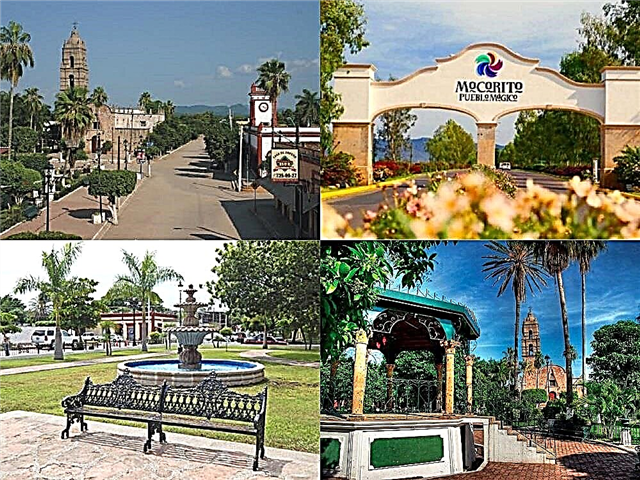
Our virtual tour of Mocorito is coming to an end; We hope you liked it and that you can send us a brief comment about this guide and about your experiences in the Magic Town of Sinaloa. See you at the next opportunity.
